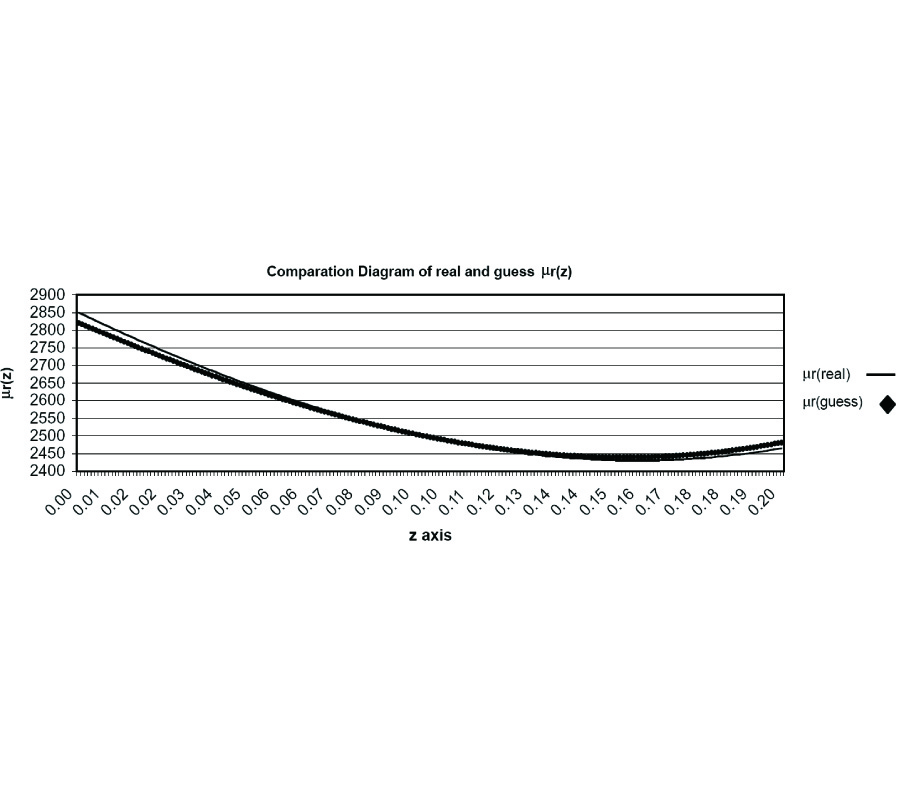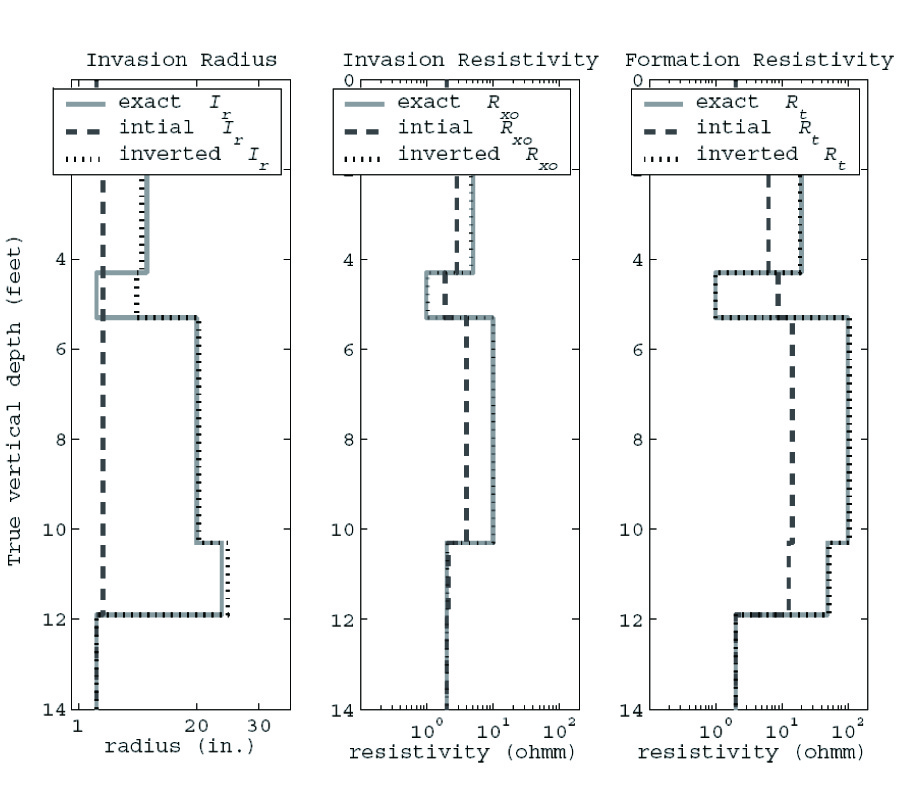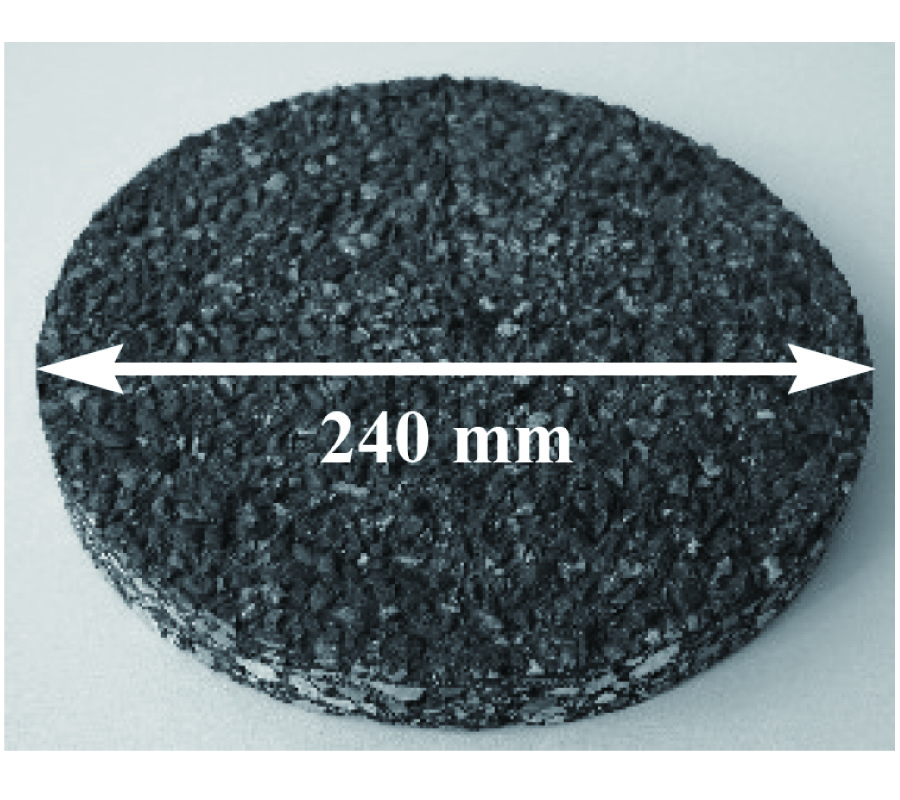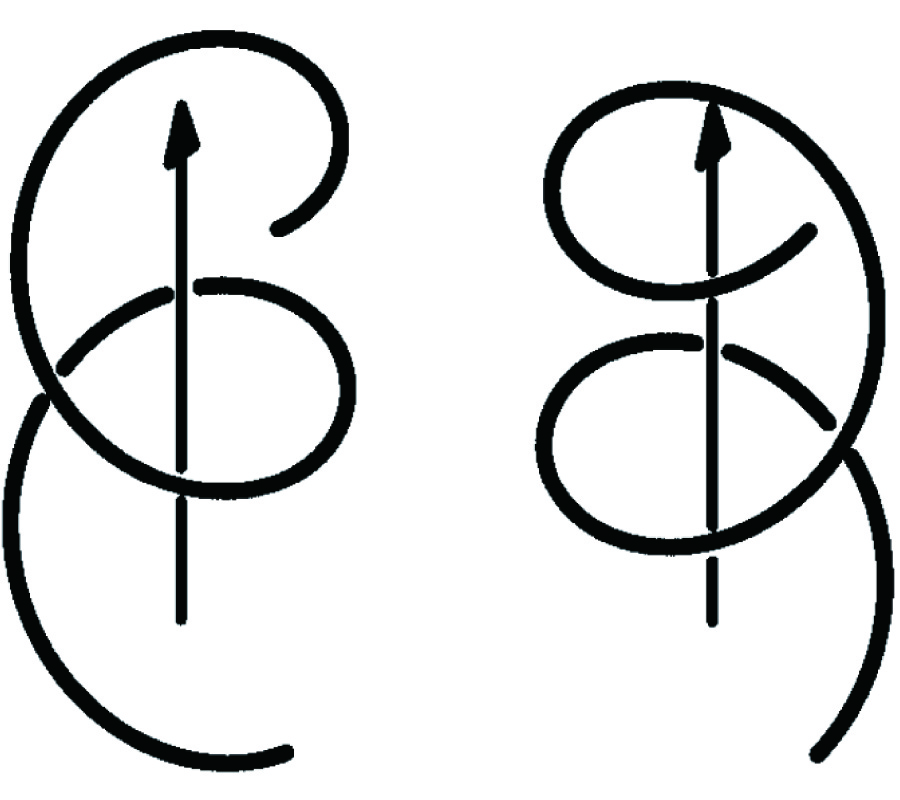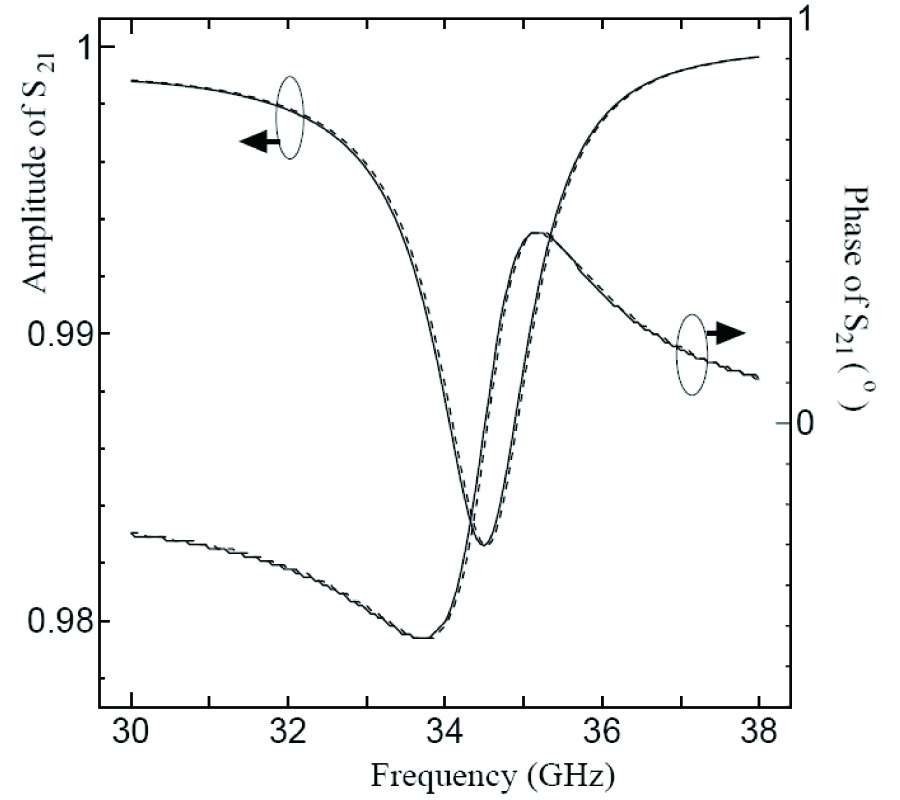Contact Geometry in Electromagnetism
Matias Dahl
In the first part of this work we show that, by working in Fourier space, the Bohren decomposition and the Helmholtz's decomposition can be combined into one decomposition. This yields a completely mathematical decomposition, which decomposes an arbitrary vector field on ℜ3 into three components. A key property of the decomposition is that it commutes both with the curl operator and with the time derivative. We can therefore apply this decomposition to Maxwell's equations without assuming anything about the media. As a result, we show that Maxwell's equations split into three completely uncoupled sets of equations. Further, when a medium is introduced, these decomposed Maxwell's equations either remain uncoupled, or become coupled depending on the complexity of the medium.
In the second part of this work, we give a short introduction to contact geometry and then study its relation to electromagnetism. By studying examples, we show that the decomposed fields in the decomposed Maxwell's equations always seem to induce contact structures. For instance, for a plane wave, the decomposed fields are the right and left hand circulary polarized components, and each of these induce their own contact structure. Moreover, we show that each contact structure induces its own Carnot-Carathéodory metric, and the path traversed by the circulary polarized waves seem to coincide with the geodesics of these metrics.
This article is an abridged version of the author's master's thesis written under the instruction of Doctor Kirsi Peltonen and under the supervision of Professor Erkki Somersalo.
